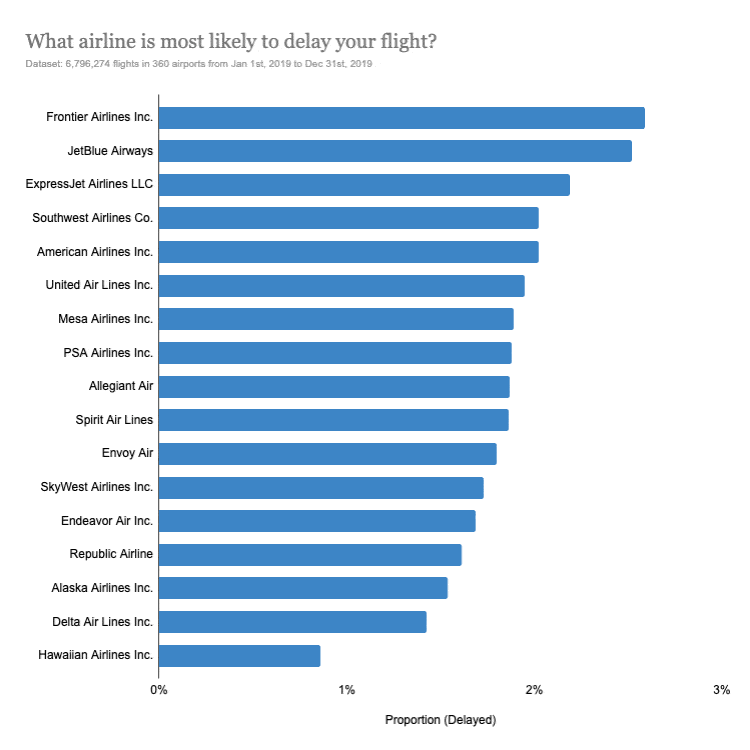

For the third quarter of 2017, the 12 U.S. Oversales data, unlike other air carrier data, are reported quarterly rather than monthly. In November, 27.84 percent of late flights were delayed by weather, down from 29.36 percent in November 2016 and up slightly from 27.42 percent in October 2017.ĭetailed information on flight delays and their causes is available from BTS. Weather is also a factor in delays attributed to late-arriving aircraft, although airlines do not report specific causes in that category.īTS uses the data collected from airlines to determine the percentage of late flights delayed by weather, which includes those reported in the categories of extreme weather, late-arriving aircraft, and National Aviation System delays. This includes delays due to the re-routing of flights by DOT’s Federal Aviation Administration in consultation with the carriers involved. Weather is a factor in both the extreme-weather category and the aviation-system category. In addition, 0.31 percent of flights were canceled and 0.13 percent were diverted.

In November 2017, the carriers filing on-time performance data reported that 11.74 percent of their flights were delayed – 3.60 percent of their flights were delayed by aviation system delays, compared to 4.73 percent in October 3.89 percent by late-arriving aircraft, compared to 5.15 percent in October 3.61 percent by factors within the airline’s control, such as maintenance or crew problems, compared to 4.23 percent in October 0.16 percent by extreme weather, compared to 0.24 percent in October and 0.04 percent for security reasons, equal to 0.04 percent in October. A list of flights that were chronically delayed for one or more months is available from BTS. All reported extended tarmac delays are investigated by the Department.Īt the end of November, there were no regularly scheduled flights that were chronically delayed – more than 30 minutes late more than 50 percent of the time – for two consecutive months or more. In November, airlines reported no tarmac delays of more than four hours on international flights, compared to two such tarmac delays reported in October 2017. In November, airlines reported no tarmac delays of more than three hours on domestic flights, equal to zero such tarmac delays reported in October 2017. carriers reporting mishandled baggage data posted a mishandled baggage rate of 1.83 reports per 1,000 passengers in November, an improvement over both November 2016’s rate of 2.02 and October 2017’s rate of 2.04.
#ONTIME FLIGHT STATISTICS FULL#
The full consumer report and other aviation consumer matters of interest to the public can be found at.

The report also includes data on oversales and information about the total number of animals that died, were injured, or were lost during air transport in November 2017, as filed by the air carriers with the Aviation Consumer Protection Division.ĭOT has launched its redesigned airline consumer website to make it easy for travelers to understand their rights. In addition, the consumer report contains a record of aviation service complaints filed with DOT’s Aviation Consumer Protection Division by consumers regarding a range of issues including flight problems, baggage, reservation and ticketing, refunds, customer service, disability access, and discrimination. The consumer report also includes data on mishandled baggage, tarmac delays, chronically delayed flights, and the causes of flight delays filed with the Department’s Bureau of Transportation Statistics (BTS) by the reporting carriers. In November, the reporting carriers canceled 0.3 percent of their scheduled domestic flights, equal to the lowest rate set in September 2016 and November 2016 and down from the 0.7 percent rate in October 2017. The highest rate was 88.6 in November 2009. In November, the reporting carriers posted an on-time arrival rate of 88.3 percent, up from both the 86.5 percent on-time rate in November 2016 and the 84.8 percent mark in October 2017, and the second highest rate ever reported. Department of Transportation (DOT) today released its January 2018 Air Travel Consumer Report on air carrier data compiled for the month of November 2017.


 0 kommentar(er)
0 kommentar(er)
